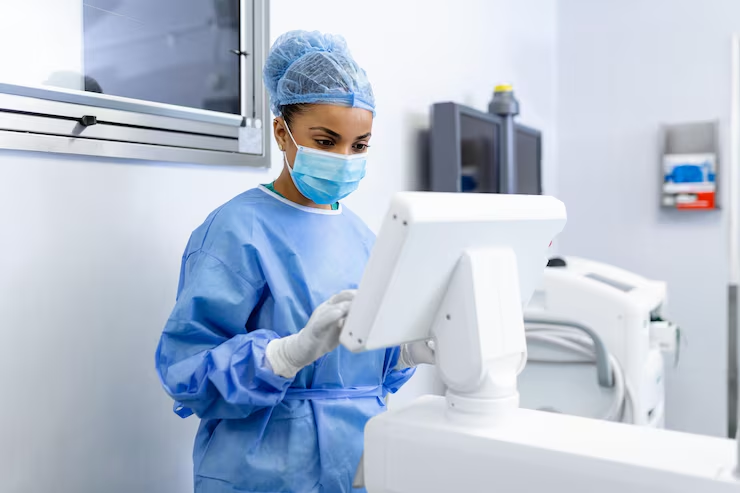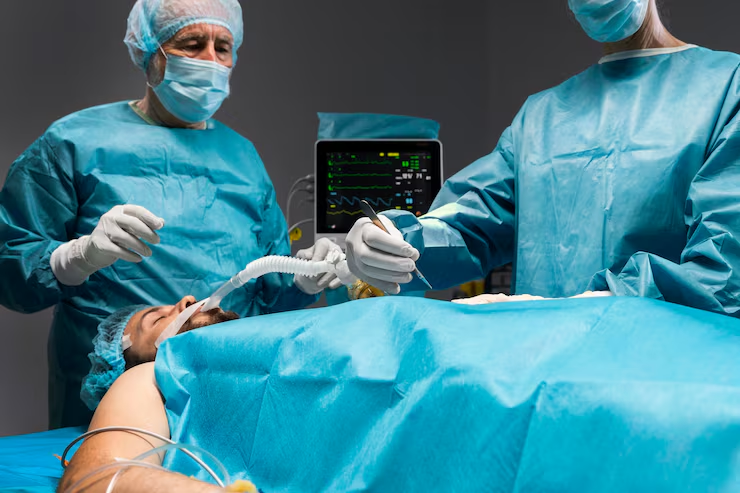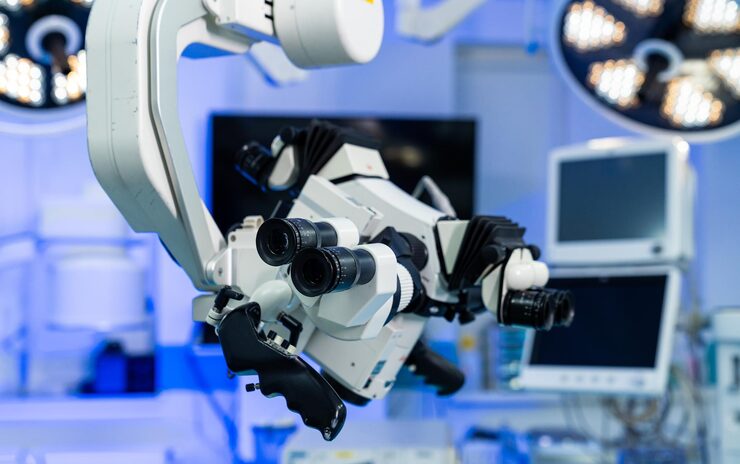The future of medicine is being influenced by the current debate on robotics and traditional surgery. Robendy’s high-precision, high-control surgical robot is at the forefront of this discussion. Our advanced surgical technology provides a good case of a new benchmark in Canadian healthcare. The fundamental differences between the two approaches will be discussed in this blog post. We will point out the major benefits that our system will bring to surgeons as well as patients.
Beyond the Human Hand
Canadian surgical teams are always in search of a means of enhancing their performance and patient care. Robotic platforms are an efficient supplement to the inherent skills of a surgeon. The technology augments dexterity and vision, which results in superior control and accuracy. This part will discuss the basic benefits that a surgeon will acquire by utilizing a robotic system. It reinvigorates their operating room competencies.
Unmatched Precision and Dexterity
The wrist of the Robendy robot has 9 degrees of freedom, which is an engineering wonder. It offers a greater degree of movement and articulation as compared to the human hand. Doctors find it easy to move in complex motions and access areas that are hard to reach. Any natural tremors are also filtered in the system, and every action is consistent and accurate. This degree of manipulation cannot be achieved with the traditional surgical tools.
Boosted Visualization and Control
A robotic system operates the surgery with a high-definition monitor, so the surgeon can see the surgical area. The display offers an anatomical image of the patient in a three-dimensional form and magnified. This increased vision provides a more detailed picture compared to the two-dimensional cameras of the past. A better visualization enables the surgeon to locate and operate around sensitive nerves and blood vessels. It offers a far greater degree of control over the process.
Reducing Physical Strain and Fatigue
Traditional open surgical procedures can be physically demanding. During lengthy and complex surgeries, surgeons often stay in fixed positions for hours. Robot-assisted surgery allows the surgeon to control a robot from a comfortable seated position. This posture helps reduce physical strain and fatigue. A well-rested surgeon can maintain focus and accuracy for longer, which directly leads to better patient outcomes.
A New Era of Training and Education
Surgery robots are also transforming the way surgery is trained. Medical practitioners have the opportunity to study on very realistic simulators before they ever perform an operation on a patient. Such training programs enable the new surgeons to learn complicated skills without fear of risking their lives. This is equipping the future generation of doctors with a future in whereby advanced surgical technology is the norm. It guarantees the availability of a supply pool of qualified robotic surgeons.
The Patient’s Experience: From Recovery to Results
The final measure of any surgical procedure is its effect on the patient. It is not only technology, but Robotics vs. Traditional Surgery is also about offering safer and more effective care. The advantages of a robotic procedure can be best realized once the operation has been performed. In this section, the precision of the robot will be discussed in terms of how this precision is converted into a more enjoyable patient experience. It has a direct impact on increasing the speed and smoothness of recovery.
Minimally Invasive, Maximally Beneficial
Robotic surgery is minimally invasive, and this is one of the greatest benefits of robotic surgery. Instead of the one large incision used in traditional open surgery, surgeons are working with several small incisions. This results in reduced trauma on the body. Patients have fewer scars, and less pain medication is required. Such minor modifications would result in a significant transformation in the overall experience of the patient.
Faster Recovery and Shorter Hospital Stays
A key patient outcome is the rate of recovery. The hospital stay is usually reduced by a great extent because of robotic procedures as compared to normal surgery. There is less tissue damage and less blood loss, which implies that the body starts healing faster. The patients can get back to their normal daily activities earlier. It is an evident benefit that robotic surgery has. It improves patient well-being and reduces the overall burden on the Canadian healthcare system.
Reduced Blood Loss and Risk of Complications
The high-precision, high-control surgical robot helps minimize blood loss during an operation. The tiny cuts and the high magnification enable the surgeon to cauterize tiny blood vessels with a lot of precision. Minimization of blood loss reduces the chances of transfusion and other complications. This is one of the major objectives of surgery in order to increase safety. It offers a safer experience to the patient.
A Broader Range of Applications
Robotic surgery has expanded into a wide variety of specialties. Where it was first used in procedures such as prostatectomies, it has since expanded to gynecology to perform hysterectomies and orthopedic surgery to perform knee replacements. A robotic platform can be utilized in a wide variety of different processes due to its versatility. This gives surgeons a unified tool, which can be used on numerous operations.
Closing Thoughts
The debate between robots vs. traditional surgery is increasingly becoming clear with the development of technology. The future can be considered to be promising in Robendy due to its advanced surgical technology. The advantages to the surgeon with respect to accuracy and manual dexterity are obvious. These benefits translate directly to improved patient outcomes, accelerated recovery, and a safer surgical experience. Robendy will be dedicated to spearheading this change.
Conclusion
The question of robotics vs. traditional surgery is no longer open to debate, but rather to the latter. It has a high-precision and high-control surgical robot called the Robendy robot, which incorporates a new standard of care in the Canadian healthcare system. The advanced surgical technology offers considerable opportunities and provides significant surgeon benefits and leading results in better patient outcomes. The movement towards minimally invasive surgery is not only a fad; it is a movement towards medical perfection.




